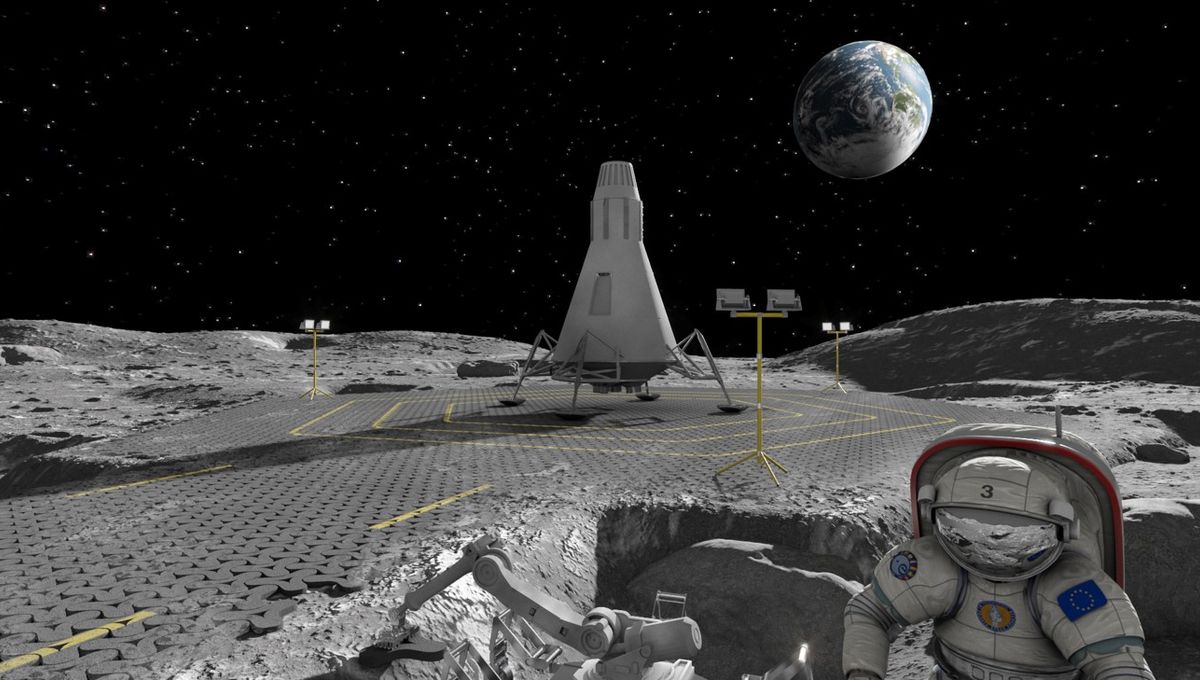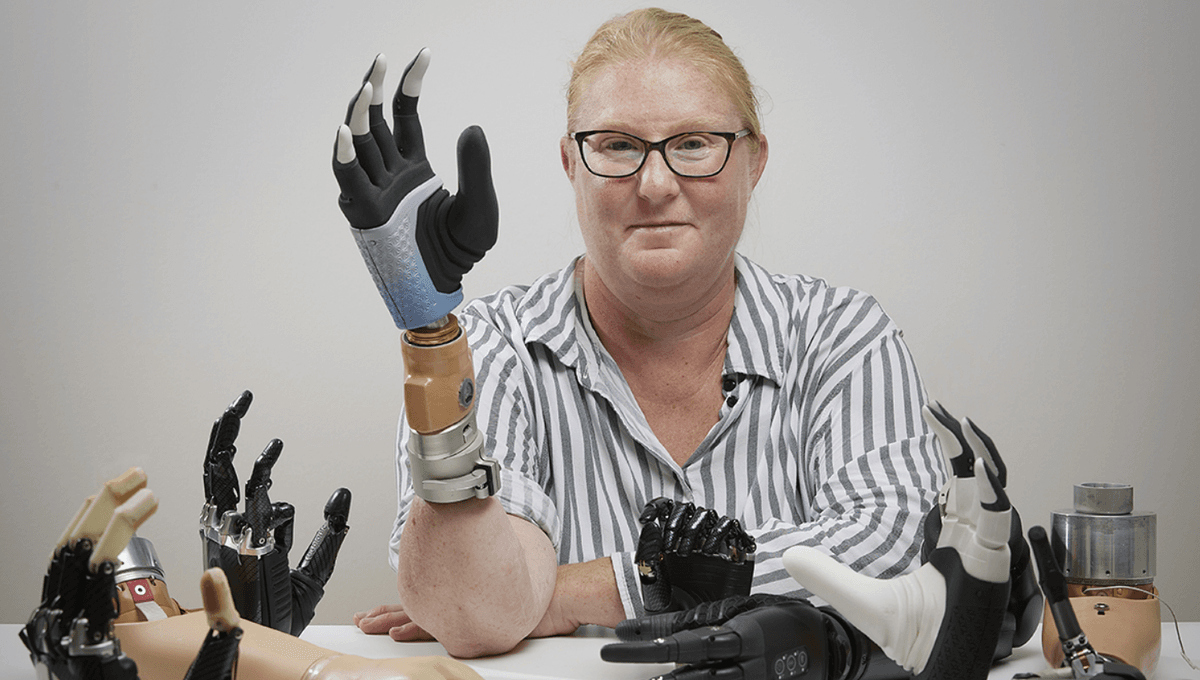A team of researchers led by Ginés-Palomares, Miranda Fateri, and Jens Günster embarked on an exciting experiment using a carbon dioxide laser to transform lunar regolith into something stronger and safer. Although they didn’t have real lunar soil, they utilized a simulated version provided by the European Space Agency.
What makes this research truly unique is their innovative approach. They employed an energy beam with a maximum diameter of 100 millimeters (4 inches) and a maximum power output of 12 kW, a method never before used in previous studies,” the authors shared with IFLScience.
.jpg)
The team discovered that a single pass of the laser was sufficient to create a thick slab. However, they also found that repeated passes resulted in cracks. To overcome this challenge, they used a 45-millimeter (1.77-inch) laser to design rounded “triangular” tiles that could be combined to form a surface resembling a road or launchpad.
“Through our research, we found that a relatively thick layer of lunar regolith (approximately 25 millimeters or 1 inch) could be melted with a single beam pass. However, when attempting multiple overlapping paths, cracks appeared in the material. Nevertheless, this obstacle led us to develop interlocking elements that eliminate overlaps, allowing for the paving of large areas on the Moon,” explained the researchers to IFLScience.
While further work is needed, the team has already considered the practicalities of implementing this technique on the Moon in the near future. They propose using a lens to concentrate sunlight into a tight beam on the regolith.
If you’ve ever used a magnifying glass and sunlight to create an aged-looking map or scroll by burning the edges of a piece of paper, you’ll understand the concept. By positioning the lens at the correct distance, the collimated sunlight melts the target. The team believes that a lens with an area of 2.37 square meters (25.51 square feet) would be sufficient for the task at hand. If the lens were circular, it would require a radius of 87 centimeters (34 inches).
Compared to lasers or mirrors, the lens approach offers advantages in terms of energy requirements, cooling, and infrastructure. It’s possible that a giant magnifying glass could soon be deployed on the Moon, paving the way for astronauts.
The research has been published in the journal Scientific Reports.








